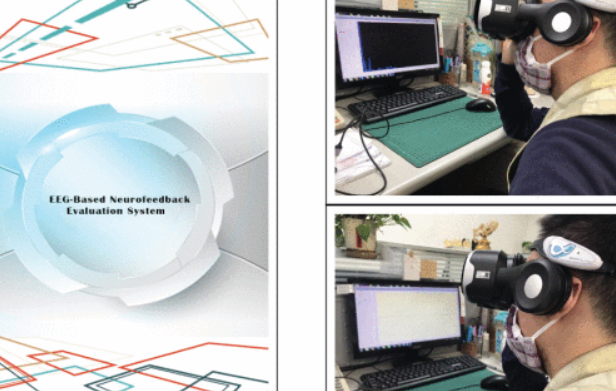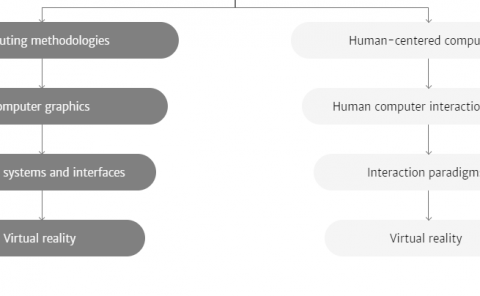Using EEG and Deep Learning to Predict Motion Sickness Under Wearing a Virtual Reality Device
PubDate: July 2020
Teams: Chaoyang University of Technology;Satya Wacana Christian University
Writers: Chung-Yen Liao; Shao-Kuo Tai; Rung-Ching Chen; Hendry Hendry
PDF: Using EEG and Deep Learning to Predict Motion Sickness Under Wearing a Virtual Reality Device

Abstract
Virtual Reality (VR) research has been widely applied in many fields. VR promises to deliver the experience that is beyond the user’s imagination. One of the advantages of VR is the feeling it gives of being there. VR can provide experiences impossible in the real world, such as flying, diving in deep water, exploring outer space, or living with dinosaurs. Despite the improvements in the software and hardware, the problem of motion sickness remains. We implement a deep learning model to train and predict motion sickness. A questionnaire is a well-known method to measure motion sickness. The weakness of the questionnaire is the measurement carried out after the user experiences motion sickness symptoms. By using the deep learning and EEG, the system will learn and classify motion sickness. The system learns the user’s EEG pattern when they begin to feel the sickness symptoms. The system will be trained using deep learning to identify the sickness patterns in the future. By the EEG patterns, the system can predict the sickness symptoms before it occurs. Our model outperforms traditional models in loss values, accuracy, and F-measure metrics in Roller Coaster. With other datasets, our model also performs well. Our model can achieve 82.83% accuracy from the dataset. We also found that the time steps to predict motion sickness during 5 minute periods is a suitable configuration.

